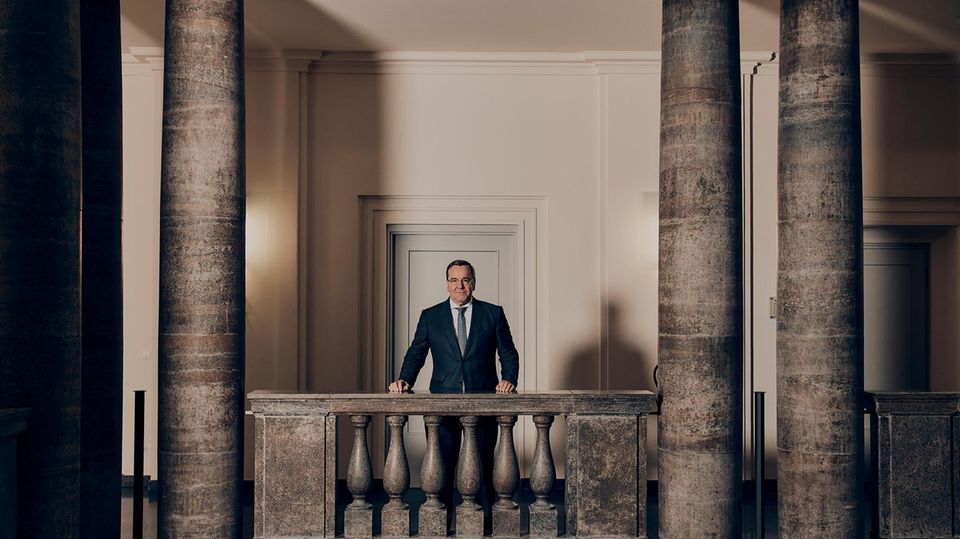Behind the story
Why I paid special attention to Boris Pistorius’ shoes
© STAR
In April I stood in the desert sand in Mali next to Boris Pistorius, the Federal Minister of Defense. I learned that clothing is also a political issue – and rightly so.
Making-of is the name of our new format. We want to give you a personal look behind the scenes, tell you about our everyday journalistic life and our research. We’re starting a little series looking back at our moments in 2023.
I don’t care about shoes. I own so few pairs that the former Filipino dictator’s wife Imelda Marcos (reportedly owns over 3,000) would probably just snort contemptuously. I would hardly even be suitable for relevant gender jokes from comedian Mario Barth.
Nevertheless, when I met Boris Pistorius last April, my first look was at his shoes. We stood in the desert sands of Mali, where Pistorius visited the Bundeswehr Camp Castor for the first time.
Pistorius’ predecessor Christine Lambrecht had been here almost exactly a year earlier. And caused a little shitstorm because she walked through the sand in open pumps. Another discussion promptly followed: How sexist is it to judge female politicians based on their clothes?
At the time, I wrote critically about Ms. Lambrecht’s high-heeled shoes. Because to me these seemed typical of the politician’s refusal to accept her role as defense minister. She isolated herself, didn’t learn any ranks, and appeared arrogant.
The pumps in Mali fit the bill. Lambrecht is said to have previously been advised against it. Also because there are strict clothing regulations for soldiers deployed in Mali. For safety reasons alone, they must wear sturdy shoes. Lambrecht is said to have rejected this with the words: “I am not a soldier, but the minister.”
Why clothing can be crucial in politics
Under certain circumstances it may be sensible or even courageous for politicians to break dress codes. Lambrechts’ predecessor Ursula von der Leyen demonstratively wore trousers and no headscarf during a visit to Saudi Arabia in 2016.
However, it was not courageous to demonstrate to soldiers who had to endure months of isolation, boredom and latent danger in the desert of Mali that they would not be treated in common with them. But unwise.
In Mali, it’s worth taking a look at your feet: these are the shoes Pistorius wears
© Miriam Hollstein / STERN
Back to Pistorius. He wasn’t just wearing sturdy shoes that morning. But brown Bundeswehr combat boots, a sand-colored shirt and jeans. Of course, this is also a demonstrative gesture. But it also fits into the picture: From the beginning, Pistorius tried to understand the Bundeswehr as quickly as possible and to be an approachable, approachable boss to the soldiers.
Appearance should never be a decisive criterion when judging a politician. But I experienced in Mali: If clothing symbolizes the politics of a minister, then it is rightly a political issue.




